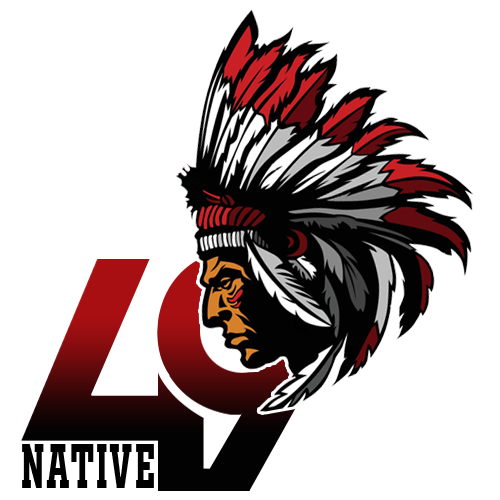Native American cultures are rich in symbolism, and their intricate arrow designs hold profound meanings. Arrows, arrowheads, and other symbols have been used for centuries to convey messages, values, and beliefs within these indigenous communities. In this article, we’ll delve into the fascinating world of Native American arrow symbolism, exploring the meanings behind various arrow designs and related symbols.
Arrow: A Powerful Symbol of Protection and Defense

The Arrow itself is a potent symbol in Native American culture, representing the bow and arrow, a vital tool for hunting and protection. But this simple weapon holds deeper significance—it symbolizes safeguarding one’s tribe and territory. An intriguing twist in this symbolism emerges when an arrow is broken, signifying a desire for peace and an end to conflicts among tribes.
Arrowhead: The Alertness Symbol
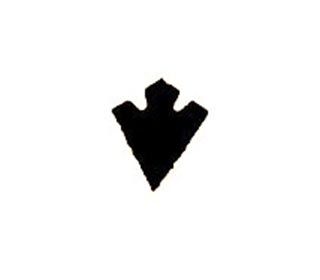
The Arrowhead, a crucial component of the arrow, takes on its symbolism. It represents alertness, readiness, and vigilance, characteristics essential for survival in the wilderness. Native Americans recognized the importance of staying vigilant in their daily lives, and the arrowhead serves as a constant reminder of this wisdom.
Bear and Bearprints: Courage and Leadership
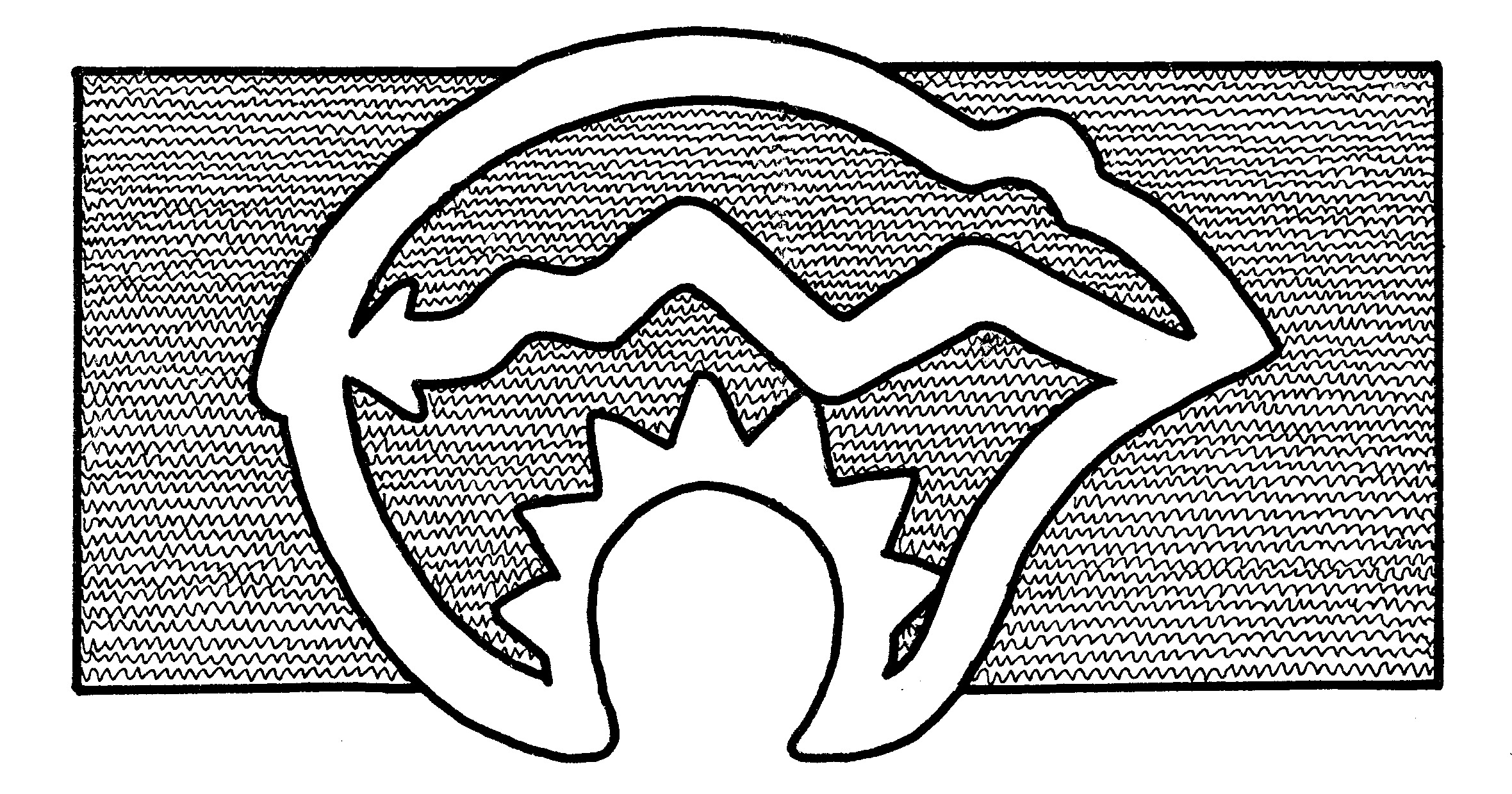
In Native American culture, the Bear embodies courage, physical strength, and spiritual power. It serves as a symbol of leadership within tribes, reminding individuals to embrace their inner strength and protect their communities. Bearprints, on the other hand, guide travelers, indicating the direction one should take, much like the bear leads its people.
Bird and Birdprints: Embracing Freedom

Birds symbolize light-hearted freedom and the connection between the earthly and spiritual realms. Their tracks left in the sand or soil represent more than just footprints; they signify the direction in which one should soar in life.
Brothers: Bound by Equality
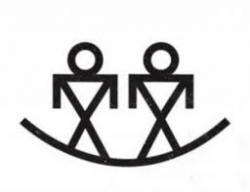
The symbol of Brothers features two individuals connected by a line at their feet, highlighting the importance of equality and balance in relationships. This symbol reinforces the idea of mutual respect and shared responsibilities within a tribe.
Butterfly: The Essence of Transformation
![]()
A Butterfly in Native American symbolism embodies transformation. Its vibrant colors convey different meanings, representing the stages of growth and change in life. Just as a butterfly undergoes metamorphosis, so do individuals on their personal journeys.
Cactus: Warmth, Protection, and Endurance
![]()
The Cactus symbolizes warmth, protection, and endurance—qualities akin to a mother’s love. It serves as a reminder that even in harsh conditions, one can thrive and protect their loved ones.
Camp and Campfire: Symbols of Tranquility
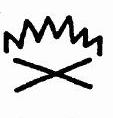
Camp symbols denote an Indian village, often consisting of tepees that were easily set up and dismantled. These symbols represent a sense of community and transient peace, while the Campfire symbolizes a temporary overnight stop, fostering a sense of unity and warmth among travelers.
Change: Rain, Lightning, and Clouds

Rain, lightning, and clouds symbolize change, renewal, and fertility. Native Americans observed the ever-changing natural world, drawing lessons from it about the cyclical nature of life and the need for adaptation.
Coyote: The Trickster Deity

The Coyote symbolizes a mischievous and deceitful trickster deity in Native American folklore. This cunning creature reminds us to embrace humor and resourcefulness in our lives.
Cross: Earth’s Forces and Origin

The Cross symbol represents Earth’s forces and their origin, tying individuals to the very essence of the land they inhabit.
Crow: The Messenger of Wisdom

Crows are symbols of wisdom in Native American culture, and some believe that they possess the ability to speak. Their presence is a reminder to seek knowledge and gain perspective.
Dancing Man: Celebrating Culture

The Dancing Man symbol indicates a celebration or ritual dance, an integral part of Native American culture. These dances connect individuals to their heritage and spirituality.
Days and Nights: Marking the Passage of Time
![]()
Days and Nights symbolize the passage of time based on the sun’s position. They remind us of the cyclical nature of life and the importance of cherishing each moment.
Dead People: The Enigma of Death

Upside-down symbols of Dead People signify death in Native American symbolism. This enigmatic symbol encourages contemplation of life’s impermanence and the cycle of existence.
Deer and Deerprints: Gentleness and Prosperity

Deer symbolize gentleness, safety, prosperity, and shelter. Their tracks provide guidance, indicating the direction of deer and leading travelers toward safety.
Dragonfly: The Harbinger of Happiness

The Dragonfly symbolizes happiness, speed, and purity. Its presence in Native American culture is a reminder of the importance of embracing joy and the journey of self-discovery.
Drum: Communication with the Great Spirit
![]()
The Drum plays a pivotal role in Native American ceremonies, serving as a means of communication with the Great Spirit. Its beats carry prayers and messages to the spiritual realm, bridging the gap between the visible and invisible worlds.
Eagle and Eagle Feathers: Sacred Birds of Courage
![]()
Eagles and their feathers hold profound significance in Native American culture. These sacred birds symbolize courage, wisdom, and strength. Eagle feathers are used in prayer and council meetings, emphasizing their role as messengers between the earthly and spiritual realms.
Enclosure: A Sacred Space
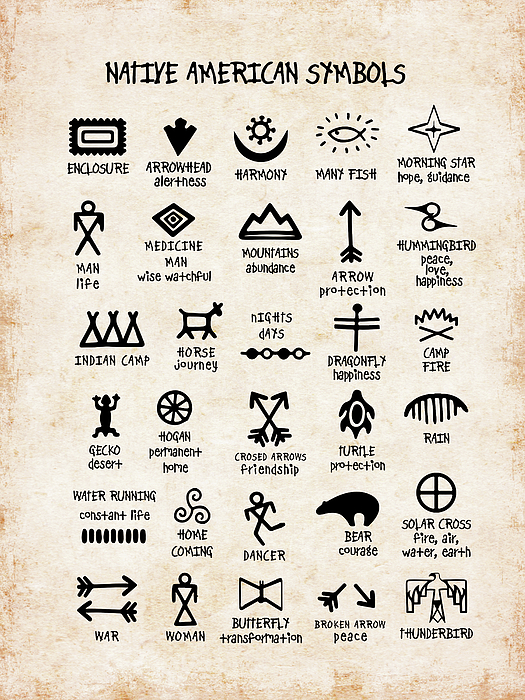
The symbol of Enclosure represents an area set aside for ceremonial dances or rituals. It serves as a sacred space where tribal traditions are honored and celebrated.
Family: Bonds of Closeness and Protection

Family symbols represent the ties that bind individuals together within a tribe. They signify closeness, protection, and the importance of looking out for one another.
Fertility: Kokopelli’s Blessing

The Kokopelli fertility symbol represents the birth and distribution of unborn children. It is a powerful reminder of the cycle of life and the blessing of fertility.
Fire: Cleansing, Renewal, and Growth
![]()
Fire is a symbol of cleansing, renewal, and growth in Native American culture. It is used in sacred ceremonies to purify and rejuvenate the spirit.
The Four Stages of Man: Milestones in Life

The Four Stages of Man symbolize the milestones in a person’s life, reflecting the journey from birth to old age. Each stage carries its own lessons and wisdom.
Gila Monster: The Essence of Survival
![]()
The Gila Monster represents preservation and survival. Its presence reminds individuals of the importance of adaptability and resilience in challenging environments.
The Great Spirit: Guardian of Humankind
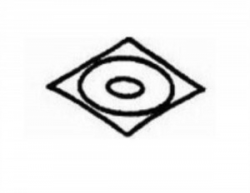
The Great Spirit is the principal deity in Native American belief systems, watching over humankind and guiding their spiritual journey. It is a symbol of divine protection and guidance.
Hand or Handprint: Success in Combat

The Hand or Handprint symbol represents success in hand-to-hand combat or the vitality of human life. It reminds us of the importance of strength and resilience in the face of adversity.
Harmony: Balancing Life

Harmony symbols emphasize balance, peace, and unity among all life forms. They encourage individuals to seek equilibrium in their actions and relationships.
Heartline: The Essence of Life
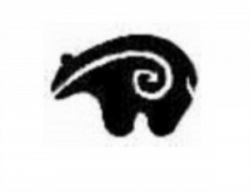
The Heartline symbol represents the life force of an animal. It serves as a reminder of the interconnectedness of all living beings and the importance of respecting the natural world.
Homecoming: A Warrior’s Return

Homecoming signifies the return of a warrior to the tribe. It is celebrated with ceremonies and dances, highlighting the importance of honoring those who protect their communities.
Hoofprints: Insights into Raiding Parties

Hoofprints convey information about the number of horses taken on a raid. They serve as a valuable source of intelligence for tribal communities.
Hope: Wishing and Dreaming
An eight-pointed star symbolizes hope, signifying wishes and dreams. It encourages individuals to aspire to a brighter future.
Journey: The Path Back Home
Journey symbols signify a return home after a long and challenging expedition. They celebrate the triumph of resilience and the joy of reuniting with loved ones.
Lake: The Guide to Water
Lake symbols indicate the presence of a body of water, serving as a guide for travelers in arid landscapes. Water is a symbol of life and sustenance.
Lightning: War Paint of Power
Lightning symbols, painted on faces as war paint, add power and speed to warriors. They represent the force of nature harnessed for protection and victory.
Many Fish: Abundance and Survival
Many Fish symbols indicate a body of water teeming with food, essential for survival. They celebrate the abundance of nature and the blessings it provides.
The Eye of a Medicine Man: Spiritual Vision and Healing
The Eye of a Medicine Man represents a medicine man’s spiritual vision and healing powers. It serves as a beacon of hope and restoration.
Moon: Protector and Guardian
The Moon symbolizes protection and guardianship of the earth in Native American culture. Its meaning varies based on context, but it often represents the watchful eye overseeing the land.
Morning Star: Renewal and Courage
The Morning Star signifies the renewal of tradition and the courage to face challenges. It serves as a reminder of the strength derived from embracing ancestral wisdom.
Mountains: Geographical Features and Triumph
Mountains symbols indicate geographical features or the completion of a challenging journey across mountains. They represent both the physical and metaphorical obstacles individuals overcome.
Peace: An End to Conflict
A broken arrow symbolizes an end to war and fighting among tribes. It embodies the hope for peaceful coexistence and unity.
Protection: The Circle of Safety
Arrows wrapped in a circle symbolize family ties and protection. They serve as a reminder of the importance of safeguarding loved ones and maintaining a sense of security.
Rain: Renewal, Fertility, and Change
Rain symbolizes renewal, fertility, and the inevitability of change. It encourages individuals to embrace transformation and growth.
Serpent: The Malevolent Underworld
The Serpent represents a malevolent creature of the Underworld, associated with death and the unknown. It serves as a symbol of caution and respect for the mysteries of existence.
Shaman: Bridging Worlds
A Shaman acts as a medium between the visible and spirit worlds, performing rituals for various purposes, including healing and guidance. They embody the connection between the earthly and the divine.
Sisters: Bound by Unity
Similar to the symbol for brothers, the symbol for Sisters represents two people bound together. It signifies unity, loyalty, and the strength found in close relationships.
Star: The Leonid Meteor Shower
Stars were used to describe the Leonid meteor shower of 1833, which left a lasting impression on Native American communities. They serve as a reminder of the awe-inspiring beauty of the cosmos.
Sun: The Giver of Life
The Sun symbolizes growth, vitality, and the giver of life. It represents the cardinal directions and serves as a guide for travelers.
Circle Symbols (Four Elements, Water, Earth, Air, Sun): The Cycle of Life
Circle symbols encompass the Four Elements, Water, Earth, Air, and the Sun. They represent the cycle of seasons, life, and the interconnectedness of all things.
Thunderbird: The Harbinger of Thunder
The Thunderbird is believed to cause thunder and is associated with war omens. It symbolizes the power of nature and the influence of celestial forces on earthly events.
Turtle: The Guardian of Earth
The Turtle symbolizes good health, a long life, perseverance, and protection. It serves as a guardian of the Earth and a reminder to care for our planet.
War: Arrows as Weapons
Two arrows crossed together symbolize war and conflict, mirroring the arrows thrown between warriors during battles.
Water: The Flow of Life
Water symbols guide others to drinking water and signify the flow of life. They emphasize the importance of sustenance and the interconnectedness of all living beings.
Conclusion
Native American arrow designs and related symbols are a testament to the profound connection between indigenous cultures and the natural world. These symbols continue to inspire and teach us about the values of protection, unity, resilience, and the ever-changing nature of life. As we explore the rich tapestry of Native American symbolism, we gain a deeper understanding of the wisdom and spirituality embedded in these ancient traditions.
Frequently Asked Questions
1. Are these Native American symbols still relevant today?
Yes, many Native American symbols and their meanings remain relevant today. They are often used in art, jewelry, and cultural events to celebrate and honor indigenous traditions.
2. Can non-Native Americans use these symbols in their artwork or jewelry?
Using Native American symbols respectfully and with understanding of their cultural significance is generally acceptable. However, it’s essential to be informed and culturally sensitive to avoid misappropriation.
3. What is the significance of broken arrows in Native American culture?
A broken arrow symbolizes peace and the desire to end conflicts among tribes. It serves as a powerful message of unity and reconciliation.
4. How can one learn more about Native American symbolism and culture?
Learning about Native American symbolism and culture can be done through books, documentaries, and visiting museums or cultural centers dedicated to indigenous heritage. Additionally, engaging in respectful conversations with Native American individuals can provide valuable insights.
5. Are there specific tribes associated with these symbols?
Many of these symbols have shared meanings among various Native American tribes, while some may have unique interpretations within specific tribes. It’s important to recognize the diversity of indigenous cultures and their distinct symbolism.
